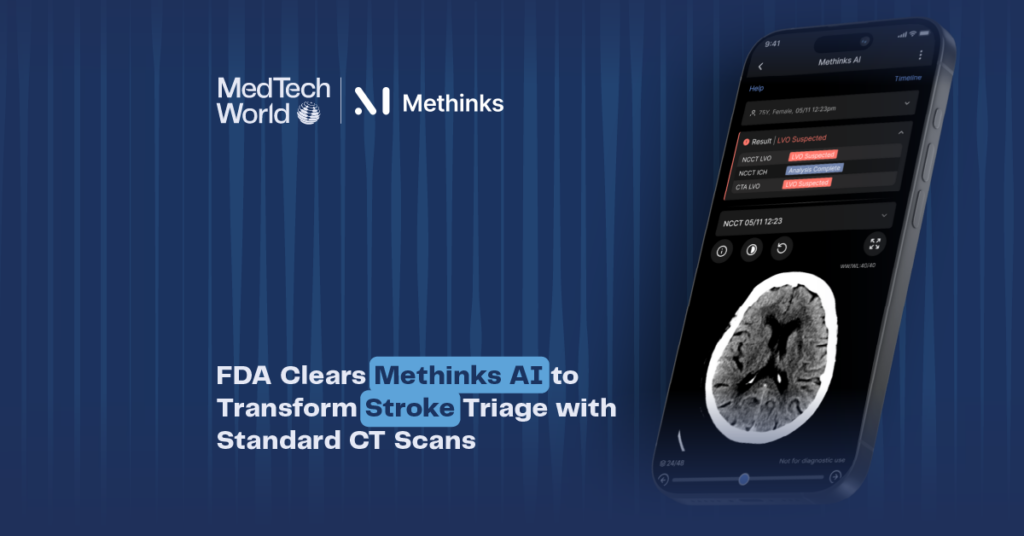
Michael Joe Cini
27th June 2022
University of Chicago: Next Generation of Pacemakers May be Solar Powered
Heart failure— from any cause— may necessitate the use of pacemakers, devices that monitor the heartbeat and control the heart rate. Pacemakers use batteries that last about a decade; however, since some of the batteries do not last up to their promised duration, it is imperative to reduce the need for the battery to last long. There is therefore much research towards improving the current pacemaker technology; some scientists have developed a way to charge it by using the heart’s beats. There have also been talks about a “bionic” pacemaker that monitors a person’s breathing and heart rate in one device.
University of Chicago scientists invented a new kind of solar cell that could help in developing better pacemakers
Many medical devices depend on electricity to function. Over the years, several attempts at improving the source of power have been made which include the use of batteries. Batteries are evidently better than tethering devices to a plug, however, they need to be recharged.
Heart failure— from any cause— may necessitate the use of pacemakers, devices that monitor the heartbeat and control the heart rate. Pacemakers use batteries that last about a decade; however, since some of the batteries do not last up to their promised duration, it is imperative to reduce the need for the battery to last long. There is therefore much research towards improving the current pacemaker technology; some scientists have developed a way to charge it by using the heart’s beats. There have also been talks about a “bionic” pacemaker that monitors a person’s breathing and heart rate in one device.
In 2015, Andreas Haberlin, a medical doctor and researcher at Bern University Hospital, Switzerland, published two papers after deep research into how batteries can be removed from the equation and replaced by solar panels. The papers describe how solar panels implanted in pigs can harvest light energy through the skin and power pacemakers. This is encouraging, nonetheless, what happens in situations where the weather is down for far too long?
Haberlin got around this by designing a prototype pacemaker with a small storage capacity. Although it is not a battery, Haberlin agrees that there is a need for some sort of storage which has to be smaller than the conventional battery. The resulting prototype pacemaker, once fully charged, could run in darkness with no further solar charging for 40 days.
Could Porous Solar Cells Be Helpful?
Recently, researchers from the University of Chicago, in order to invent a new medical implant, published a paper titled “Porosity-based heterojunctions enable leadless optoelectronic modulation of tissues” The study focuses on improving and making pacemakers with longer duration and an alternative power source. The researchers find that holes can improve technology, and they describe that, etching holes in the top layer to make it porous is an entirely new way to make a solar cell. They show that a porosity-based heterojunction can yield an efficient photoelectrochemical response from the semiconductor surface.
How This Works
Making solar cells requires two layers: silicon combined with other material or different kinds of atoms mixed into each silicon layer. In a study, however, researchers found that holes could help eliminate the need to include other materials if one layer is made porous like a sponge. This significantly reduces the size of the cells, making them more suitable to be implanted in the body– and less likely to cause side effects. The holes will make the cells porous, soft, flexible and measure less than five microns across.
The porous cell has many advantages over the ways to manufacture traditional solar cells: they are easier and faster to make, and the process does not require high temperatures or toxic
gases. The production process is streamlined while maintaining the efficacy of the final product.
To boost the material’s ability to stimulate heart or nerve cells, it is treated with oxygen plasma to oxidize the surface layer. This makes the silicon hydrophilic, therefore attracting water and boosting the signal to biological tissues.
The resulting innovative sponge-like solar cell will not only be less bulky to be used as an implant but manufacturing it will also be more convenient.
Another advantage is that all components of the device can be made to be biodegradable which means the technology could be used for short-term cardiac procedures. In such case, second surgery for removal as the parts would degrade naturally after a few months. This peculiar approach might also be useful in cardiac resynchronization therapy, a procedure to correct arrhythmias, because the devices could be placed in multiple areas of the heart to improve coverage.
Such devices could also be of good use to provide pain relief for patients with chronic nerve degeneration by implanting the devices in the wrists, hands, or other necessary places.
With time, this unconventional way of making solar cells could also be of interest for sustainable energy or other non-medical applications. The solar cells, having been designed to work best in a liquid environment, could be used in applications such as artificial leaves and solar fuels.
About Med-Tech World:
It is now estimated that the global digital health market will increase to around $640 billion by 2026. Through our expertise coupled with optimized networking, we will ensure that both investors and startups are on the ground floor of this health revolution. The event which is organized and curated alongside a team of doctors, attracts legislators and policymakers, medical professionals, and investors from across the world, addresses the opportunities and challenges driving this million-dollar forum.




